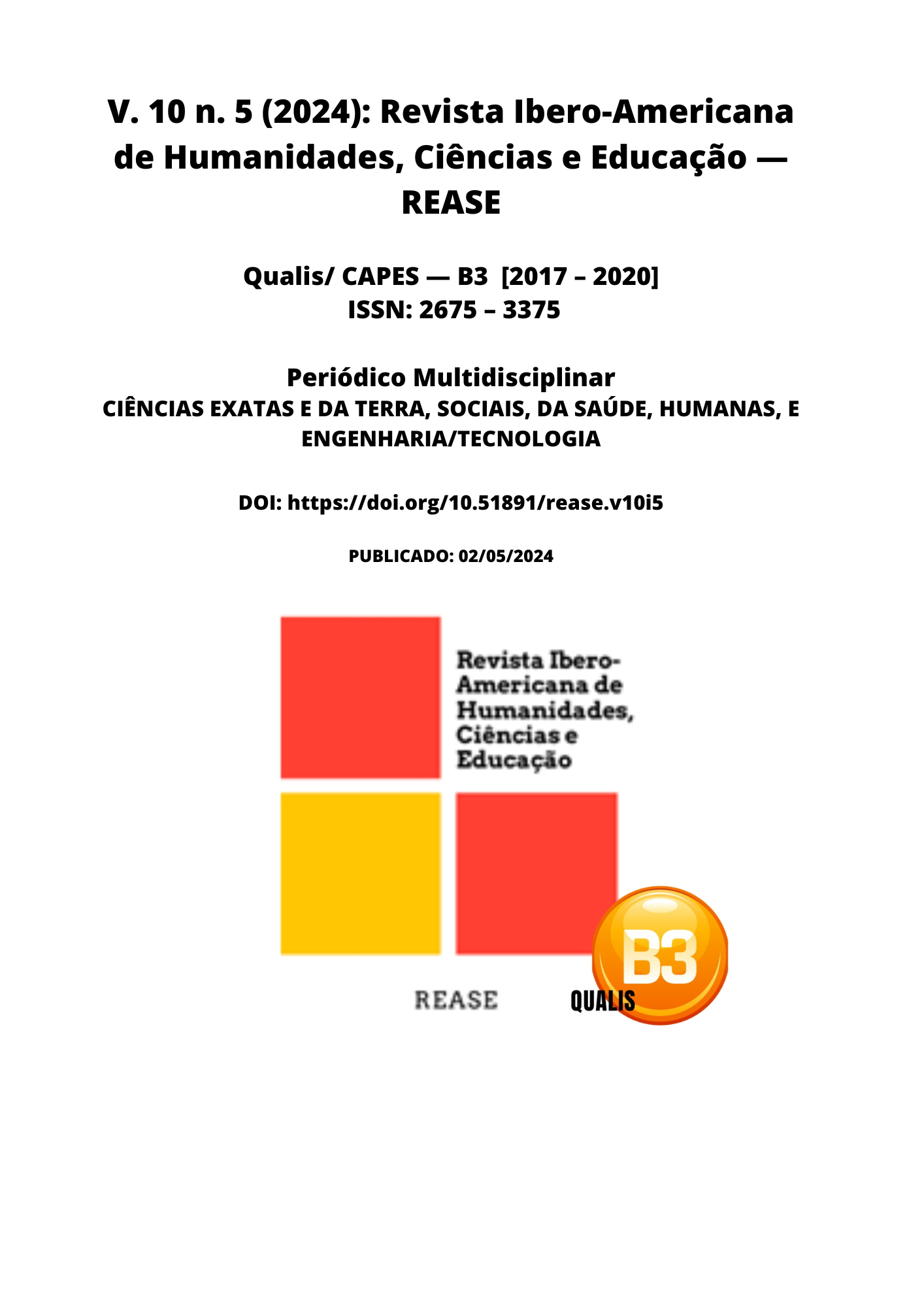TAX ON GREAT FORTUNES: THE POSSIBILITY AND ITS LIMITATION WHEN BEING IMPLEMENTED
DOI:
https://doi.org/10.51891/rease.v10i5.13830Keywords:
Wealth. Tax Justice. Contributory Capacity. Great Fortunes.Abstract
The current study addressed, firstly, a broad but concise perspective of social disparity in Brazil, with the aim of establishing a comparison between fair taxation and a more equitable income distribution. The influence of the State's taxation power in reducing socioeconomic inequality was highlighted, mentioning historical elements that contribute to the current disparity. The concept of tax and fiscal equity was introduced to demonstrate the feasibility of gradual taxation, based on the contributory capacity of each individual. The urgent need to reform the Brazilian tax system was highlighted, promoting a change in perspective, as suggested by several scholars and contemplated in the proposed constitutional amendment nº132/2023. Based on this analysis, the study addressed the specific points of this amendment, related to the progressive taxation of income, inheritance and wealth, discussing both the disagreements and the advantages of its implementation. For this, bibliographical, documentary and jurisprudential research was used as a methodology, aiming to clarify how social disparity in Brazil can be mitigated through a more equitable and effective tax system in the distribution of resources collected.
Downloads
Downloads
Published
How to Cite
Issue
Section
Categories
License
Atribuição CC BY

